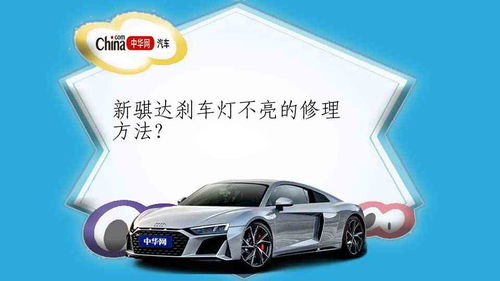Electric cables are an essential component in building infrastructure, transportation, and many other industries. However, what is often overlooked is the importance of cable sheathing or the outer layer that protects the inner wires. In this article, we will explore the function of cable sheathing and how to choose the right one for your needs.
What is Cable Sheathing?

Cable sheathing, also known as cable jacketing, is a protective outer layer that surrounds electric cables. It acts as a barrier between the inner wires and the outside environment, preventing damage from moisture, heat, chemicals, and other factors that can compromise the cable’s performance and safety.
Cable sheathing materials come in a variety of options, including polymer-based materials such as polyvinyl chloride (PVC), low-smoke, zero-halogen (LSZH), and thermoplastic elastomers (TPE). Each material has its unique properties that make it suitable for specific applications.
The Function of Cable Sheathing
As stated, cable sheathing is responsible for protecting the inner wires of electric cables from external factors. However, it also serves other functions, including:
Preventing electrical shocks: Cable sheathing acts as a barrier between individuals and live wires, significantly reducing the risk of electrocution.

Fire resistance: Materials such as LSZH can help prevent the spread of fires by limiting smoke and poisonous gases emitted during combustion.
Mechanical protection: Cable sheathing minimizes the risk of physical damage from environmental factors such as abrasion, impact, and bending.
UV Protection: Some cable sheathing materials, such as PVC, have UV-resistant properties that protect the cable from the sun’s damaging rays.
How to Choose the Right Cable Sheathing?
There are several factors to consider when choosing cable sheathing for your application, including:

Environmental conditions: Consider the factors that will affect the cable’s performance, such as moisture, temperature, and chemicals. Choose a material that can withstand those factors.
Mechanical requirements: Determine the degree of protection required against physical factors such as bending, crushing, and abrasion.
Installation method: Consider the ease of installation, flexibility, and movability of the cable. Choose a material that offers the best balance between protection and ease of use.
Regulatory requirements: Different regions have different standards that require specific cable sheathing materials. Ensure that the material you choose meets the regulations in your area.
Conclusion
Cable sheathing plays a critical role in ensuring the safety, performance, and longevity of electric cables. When selecting cable sheathing, consider the environmental conditions, mechanical requirements, installation method, and regulatory requirements. By making an informed choice, you can protect your cables and the people who use them.
猜你喜欢
- 2024-3-15办公室装潢:松下空调价格分析及购买指南
- 2024-3-15办公室背景墙设计:探寻上海地铁首选社区-金桥慧景社区二手房调查
- 2024-3-15上海工装公司:守护家门口的利器——十大防盗门锁品牌推荐
- 2024-3-15上海办公装修设计:如何在家装中体现出简约现代和北欧风格的完美结合
- 2024-3-15办公楼装饰:题目:如何选购合适的全屋净水系统
- 2024-3-15徐汇办公楼:办公室装修改造必须知道的室内设计公司
- 2024-3-15办公室装修:如何成为一名优秀的软装设计师?
- 2024-3-15办公室装饰:美的在上海的维修中心帮你解决家电问题
- 2024-3-15装修:铅笔伞:不一样的文具风
- 2024-3-15上海办公楼装潢:体验无与伦比的温馨旅居:留连小舍
网友评论
- 搜索
- 最新文章
- 热门文章
